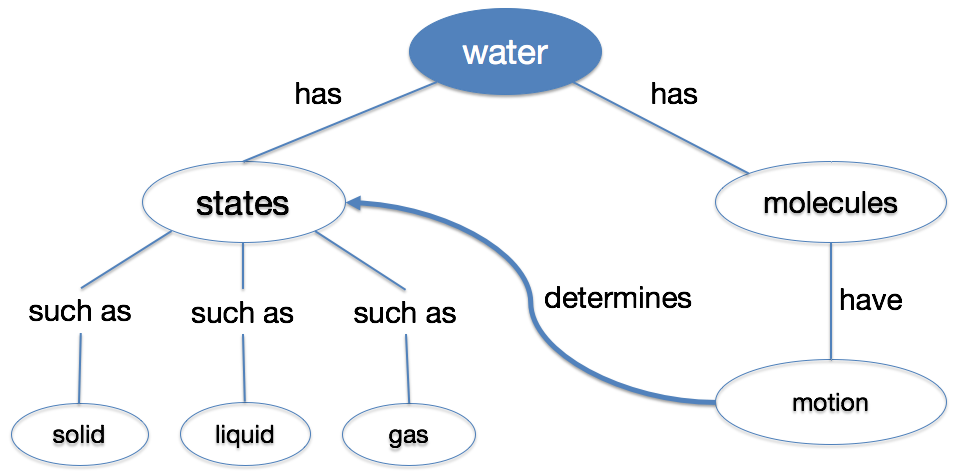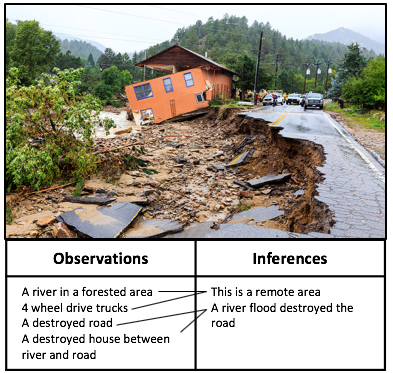What is it?
Prominent critical thinking scholars tend to describe it in broad terms, for example, as “a habit of mind,” and a “comprehensive” approach (American Association of Colleges and Universities, 2009). For this reason, approaches to critical thinking instruction are also often broad. Halpern’s (2014) framework for critical thinking instruction consists of cultivating four elements in learners:
- A critical thinking attitude or habit of intellectual deliberation
- Individual intellectual skills like analysis and inference
- The ability to transfer these skills into new contexts
- The ability to reflect upon and evaluate one’s own thinking.
CATLR Tips
Critical thinking is goal-directed, so motivation is an essential consideration when teaching for critical thinking. Motivation can be increased by cultivating learners’ senses of autonomy, competence, and connectedness (Ryan & Deci, 2000).
- Autonomy is an experience of choice or control related to a learning goal. Some cultivate this by letting learners decide from among several different kinds of assignment, “negotiating” part of the syllabus with the class, or using learning contracts to co-generate assignments with learners.
- Relatedness is a sense of belongingness and connectedness to others associated with a learning goal. Some cultivate this by using well-structured group activities and making clear how one would use a given piece of content in one’s future academic or professional career.
- Competence is a sense of mastery of tasks and skills. Some cultivate this by giving regular feedback noting what learners are doing well in addition to corrections. A comprehensive approach is using “transparent” assignment instructions, which include (a) what knowledge and skills learners will gain from the assignment, (b) what steps they have to take, and (c) what criteria will be used to judge their work. (Winkelmes, et al., 2015).
Visual activities can help cultivate critical thinking skills like analysis and inference.
Analysis consists of breaking something complex into its components and identifying the relationships among them. This is a critical thinking skill relevant in every discipline.
Student-generated concept maps can effectively aid the analysis process and doing them interactively on the board with your class can work well as a mid-term review activity.
Inference consists of drawing conclusions from combinations of observations. 
Activities like observation/inference charts can help learners slow down the inference process and carefully analyze which conclusions are supported by which evidence (Nokes, 2008).
Students first list as many inarguable observations as they can on the left, then the inferences about the picture they make, and finally they connect specific observations that support specific inferences.
Giving students practice developing these skills with objects from outside your discipline can help them focus on the activity itself, and worry less about content-specific performance. Some medical schools help doctors-in-training develop their observation and inference skills by taking them to art museums (Josani & Saks, 2013).
“Multiples” can help learners learn flexibly to increase transfer
Transfer of learning is the application of knowledge in a new context (Perkins & Salomon, 2012). Successful transfer occurs when learners see past the surface features of a new situation to recognize familiar patterns in its deeper structure. The likelihood of successful transfer is reduced, however, if learner knowledge is too tightly-bound to the original context in which it was learned. To avoid this, build “multiples” into how you teach:
- Show several examples from multiple contexts (e.g., examples of oxidation: rust and fire).
- Have learners use the same concept a few times to solve problems or make decisions from different contexts (i.e., with very different surface features.)
- Have learners categorize material in a few different meaningful ways (e.g., rank ordering more than once, using different criteria).
- Have learners pick a side and debate an issue, then have them switch sides and continue the debate.
- Have learners generate multiple solutions to a problem.
(adapted from Halpern, 2013)
Reflecting upon one’s own thinking helps sharpen it
Considering how we’re thinking about something not only helps organize and solidify our knowledge, but it can also reveal gaps we need to fill and ways we need to think differently. Some educators use assignment and exam “wrappers” to trigger this thinking in learners: for example, assignment cover sheets prompting learners to reflect upon what they found most difficult or important about the assignment, the strengths and weaknesses of their own work, and so on.
Similarly, “self-explanation” is the process by which learners explain to themselves material they are learning as they learn it, and successful learners have been found to do this more frequently than unsuccessful learners (Chi, et al., 1989). Prompting learners to explain something to themselves or someone else (for example, in a think-pair-share or two-stage exam) can trigger important meta-cognitive processing that leads to higher quality learning.
Critical thinking skills are best taught explicitly in the context of course material
In a 2008 meta-analysis of 117 studies, Abrami, et al. compared effects of critical thinking skills taught in: (a) skill-based critical thinking courses, (b) content-based courses that explicitly included a critical thinking track, and (c) content-based courses where critical thinking skill-building was implicitly expected along the way. They found that courses in which critical thinking skills were explicitly taught as a separate track within a content course had the largest effect.
References
Abrami PC, Bernard RM, Borokhovski E, Wadem A, Surkes M A, Tamim R, Zhang D. 2008. Instructional interventions affecting critical thinking skills and dispositions: A stage 1 meta-analysis. Review of Educational Research, 78:1102–1134.
Chi, M. T. H., Lewis, M. W., Reimann, P., & Glaser, R. (1989). Self-explanations: How learners study and use examples in learning to solve problems. Cognitive Science, 13, 145-182.
Halpern, D.F. (2014). Thought and knowledge: An introduction to critical thinking (5th Edition). London: Psychology Press/Routledge.
Josani, S.K. & Saks, N.S. (2013). Utilizing visual art to enhance the clinical observation skills of medical students. Medical Teacher, 35, 1327-1331.
Nokes, J.D. (2008). The observation/inference chart: Improving students’ abilities to make inferences while reading nontraditional texts. Journal of Adolescent and Adult Literacy, 51 (7), 538-546.
Ryan, L.D & Deci, R.M. (2000). Intrinsic and extrinsic motivations: Classic definitions and new directions. Contemporary Educational Psychology, 25, 54–67.
Winkelmes,, M. Copeland, D.E., Jorgensen, E., Sloat, A., Smedley, A., Pizor, P., Johnson, K., & Jalene, S. (2015). Benefits (some unexpected) of transparently designed assignments. The National Teaching & Learning Forum, 24 (4), 4-9.
